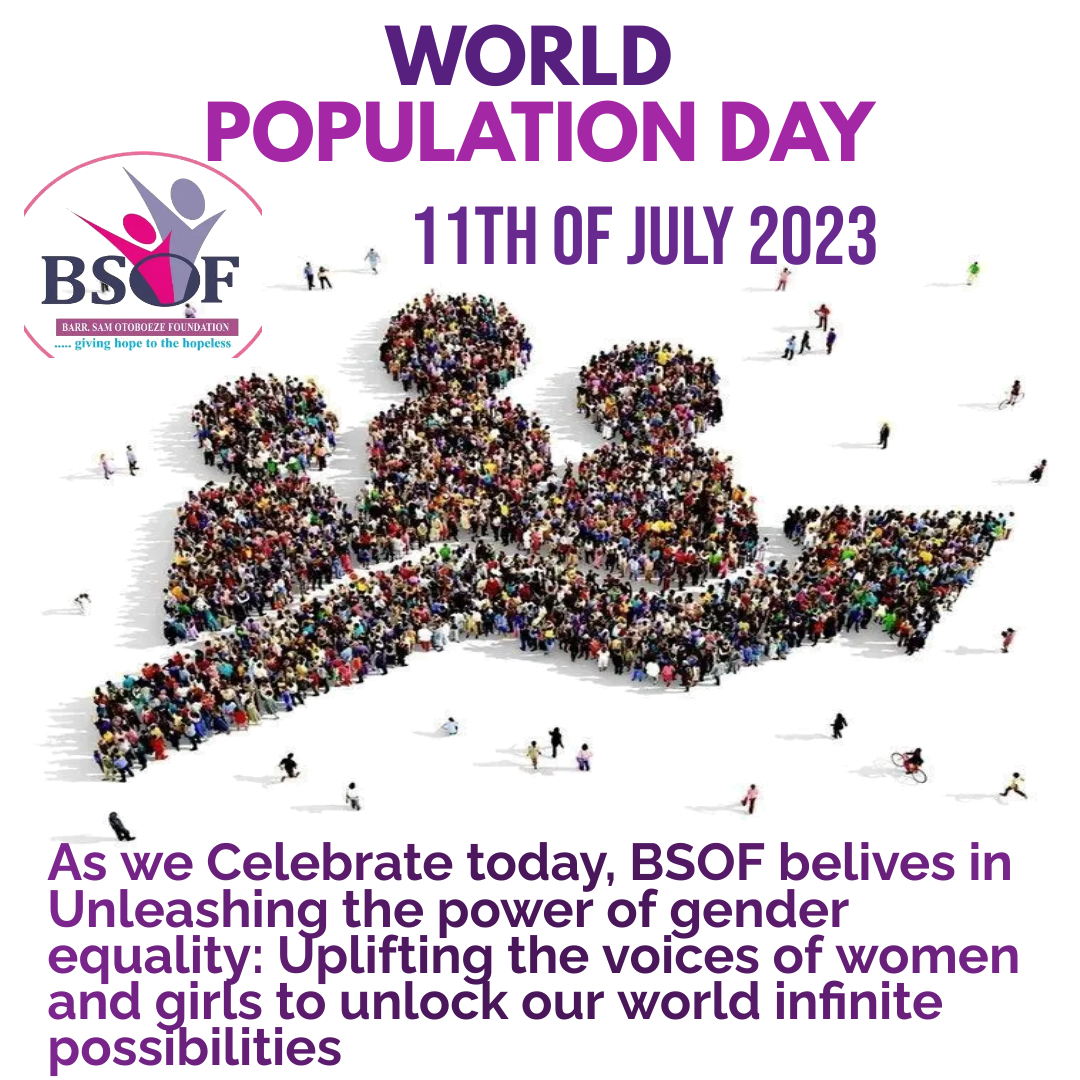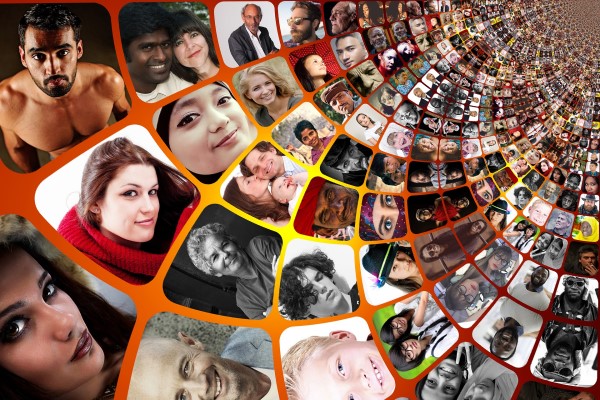Imagine a day when you could clean house and get rid of clutter, show someone that you care, gift small things to strangers, and generally making the world a better place. Yes, this day does, in fact, exist and on July 15 we celebrate National Give Something Away Day!
WHEN IS NATIONAL GIVE SOMETHING AWAY DAY 2023?
National Give Something Away Day is celebrated on July 15.
HISTORY OF NATIONAL GIVE SOMETHING AWAY DAY
It’s better to give than to receive, and this is the aim behind National Give Something Away Day. “One man’s trash is another man’s treasure” doesn’t literally mean junk or trash, but items that can serve someone else better. The day encourages people to give freely to others without expecting anything in return. This is also a good way to declutter and pass on things that no longer fit us or are useful to us.
Most of us undoubtedly have way more items than we need. National Give Something Away Day was established on July 15, 2015, by Linda Eaton Hall-Fulcher, a self-proclaimed giver. On the day’s Facebook page, Linda advocates giving back to the world. According to her, this day is for everyone who cares. It advocates for giving to friends, family, and the less fortunate; for mindful consumerism; and for being more aware of our carbon footprint.
Giving is the simplest act to exist that can brighten up another’s day, and at times really bring about a positive change. Whether it is something small like giving a compliment, giving your friend a jacket of yours that she really likes, or donating clothes to the less fortunate, these little things can have a big impact.
Even though giving is a selfless act, the reward goes both ways. We benefit from feeling good about giving and making someone’s day, and at the same time, we also let go of items that we no longer need and are just lying around. We also learn to be grateful for all our blessings and it makes us feel like responsible people who are improving the community.
NATIONAL GIVE SOMETHING AWAY DAY ACTIVITIES
- Buy a meal or drink to give to someonePay for the person behind you in line at the coffee shop. Buy a to-go meal and hand it to the homeless person outside. Pack a small purse or backpack that you don’t want anymore — with things like socks, snacks, and toothbrushes and gift it to a homeless person. Compassion is a virtue that needs nurturing.
- Donate clothing to a thrift storeCheck all the closets in your house… are there things there that you haven’t worn in years? Giving your useful clothing away gives someone with less means the opportunity to look sharp, maybe even at their job interview.
- Give flowers awayFlowers are a simple way to brighten someones day — with color, smell, and a breath of greenery to bring nature to their desk or table. Give flowers to your co-workers, your housemate, or your significant other.



